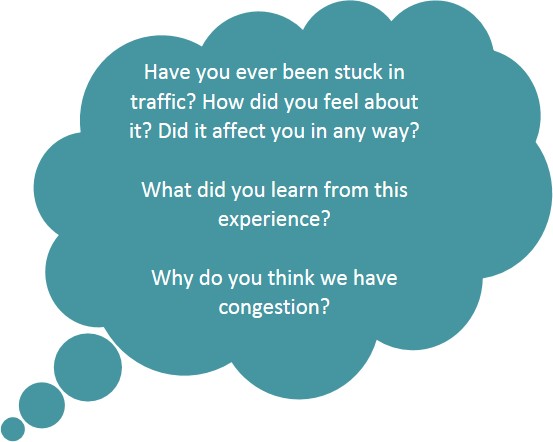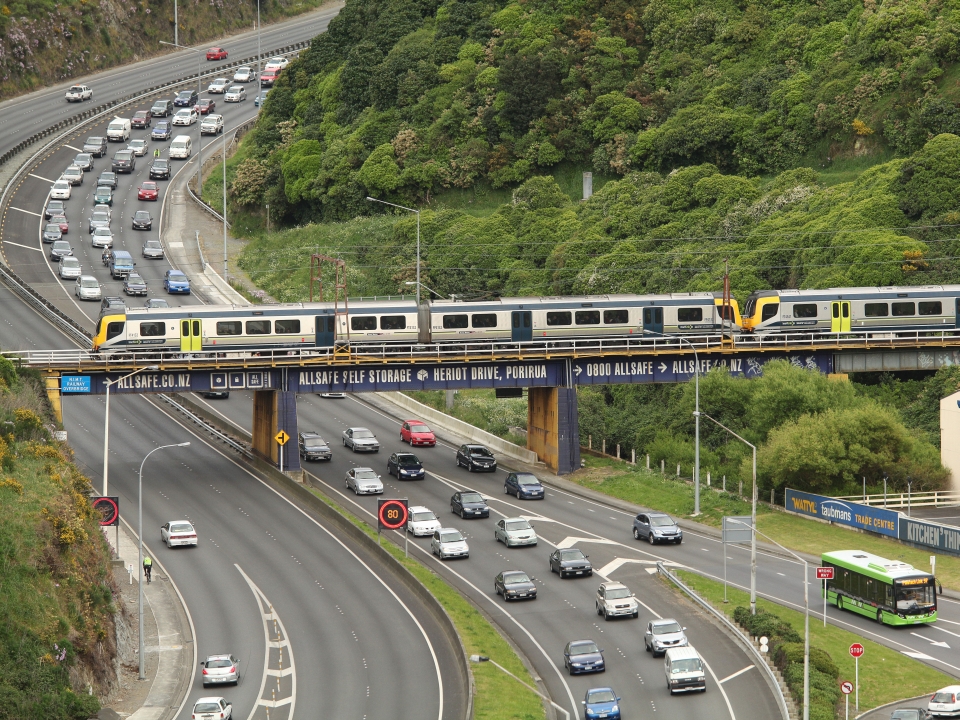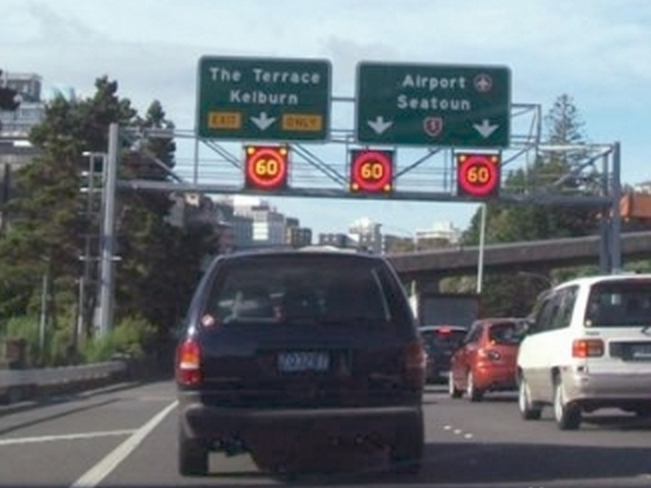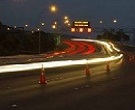What is congestion?
- Road users: a road is congested when car speed falls below the usual level.
- Engineers: a road is congested when more vehicles try to use it than it is able to carry.
What is the cost of congestion?
- extra driving time
- unexpected delays
- stressed drivers
- missed appointments
- more fuel used
- added cost
- higher vehicle emissions.
The Transport Agency tries to reduce major congestion where possible.
How is congestion managed?
There are many ways to ease congestion, including:
Demand management – Reducing the number of vehicles on a road at any one time. This can be done by:
- getting people to use public transport
- travelling during non-congested hours
- tolling parts of the road.
Driver information systems - allows drivers to make decisions about their route and time of travel.
Build more lanes so traffic is less congested -This is very expensive because the traffic peak lasts only a short time each day, so the extra lanes would be unused most of the time.
Better use of the road space you already have – Using smart tools such as:
- incident detection systems - keep traffic moving smoothly and help clear incidents quickly
- Information and control systems - let people know of traffic conditions and manage traffic flows during incidents or congestion.
Ramp signals - A traffic light at the end of an on-ramp directs traffic to enter a motorway and then merge with the mainline flow. The speed of traffic on the motorway and motorway travel times are improved with ramp signals.
High occupancy vehicle or bus lanes - encourage people to carpool or get the bus which means fewer vehicles on the road.










Comments
I wonder if congestion is only a
If you give drivers good